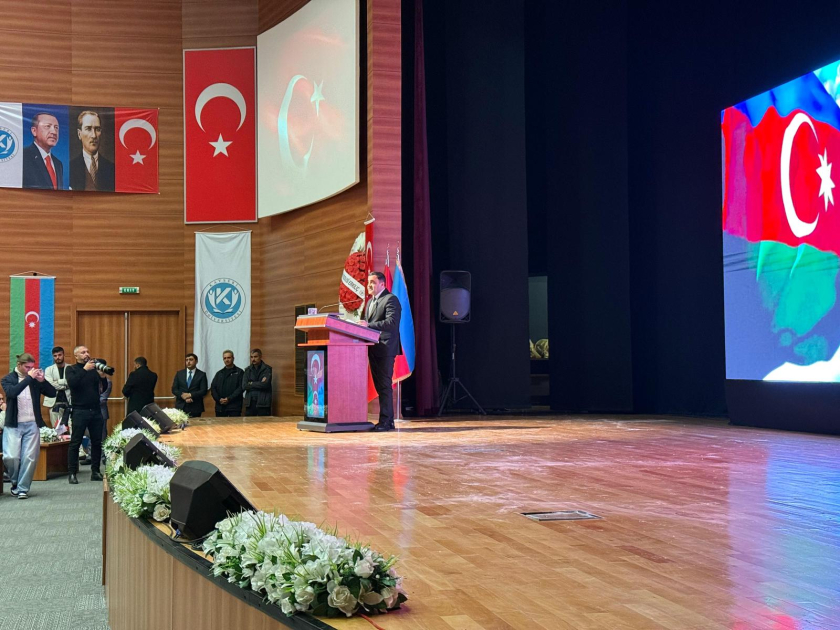Jellyfish have existed for more than 500 million years and are among the oldest living animals on the planet, according to the official website of FAO.
Found in all marine ecosystems, even inhabiting the dark depths of the ocean, they often occur in high densities along tropical coastlines.
While there are more than 300 species of large jellyfish, scientists believe many more have not yet been discovered.
Even though these planktonic marine animals play a key role in ocean ecosystems, our understanding of them as a potential resource or as a threat to biodiversity is poor.
So in 2017-2019, when the research vessel Dr Fridtjof Nansen, the only research vessel to carry the United Nations flag, and its team of scientists discovered several new species of jellyfish off of southern Africa, it was regarded as a significant scientific achievement.
The vessel is part of the EAF-Nansen Programme, run by the Food and Agriculture Organization of the United Nations (FAO) in close collaboration with Norway’s Institute of Marine Research and funded by the Norwegian Agency for Development Cooperation. The programme brings together 32 partner countries in Africa and the Bay of Bengal and is making a significant contribution to marine research and capacity building, including through its scientific partnerships with African universities, amongst others.
“In the last 20 years or so, we have begun to appreciate that the one species is not one species, and as you go around the world, they are in fact quite different,” says Mark Gibbons, a professor from South Africa’s University of the Western Cape (UWC), who joined the Nansen surveys.
Initial findings of these most recent surveys have revealed a new species of Aurelia (or moon jellyfish), another of Chrysaora (compass jellyfish) and two box jellies or cubozoans, one of which belongs to the genus Chironex.
Box jellies are one of the most venomous marine animals and a sting from Chironex fleckeri, a box jellyfish from northeast Australia, can cause respiratory problems and fatal cardiac arrest within minutes.
“The discovery of a new species of Chironex is really exciting,” Gibbons says. “But it’s particularly exciting because it’s now on the other side of the Indian Ocean where we’ve had no records of it in the past.”
Correct species identification is vital for protecting our marine ecosystems’ endangered biodiversity. However, some coastal countries, particularly in Africa and Asia, lack the necessary human and financial resources for effective biodiversity and ecosystem monitoring.
“Apart from some research in South Africa, there has been limited efforts to explore and enhance the understanding of this important taxonomic group in the region,’’ says Edoardo Mostarda, FAO fisheries and biodiversity expert.
“The discovery of new jellyfish species is therefore highly significant as it demonstrates that there is still much we don’t know about the diversity of jellyfish and other taxonomic groups off the coast of Africa.”
Information is vital and this is why the EAF-Nansen Programme and the UWC released an Identification Guide to Macro Jellyfishes of West Africa, a fully illustrated glossary of 56 macro jellyfish. Covering approximately one sixth of the jellyfish known around the globe, the guide is a significant contribution to the field of study.
“For the first time, we have a user-friendly guide to the region’s jellyfish that can be used by fisheries scientists and observers, school teachers and professors,” says Gibbons, who also authored the publication.
The guide is additionally important for environmental managers who need better data to assess the impact that these creatures are having on biodiversity, fish populations and fishing or tourism-based livelihoods. Gibbons says a change in jellyfish numbers or catch composition may reflect a natural population fluctuation, or it may be a signal of something amiss in the ecosystem.
“The real value of the guide is that it allows us, for the first time, to begin to build the all-important baseline,’’ he says.
Through the EAF-Nansen Programme, FAO is striving to enhance the capacity of scientists to collect data, which leads to more accurate and comprehensive species identification, ultimately supporting better resource management and the long-term sustainability of marine ecosystems.



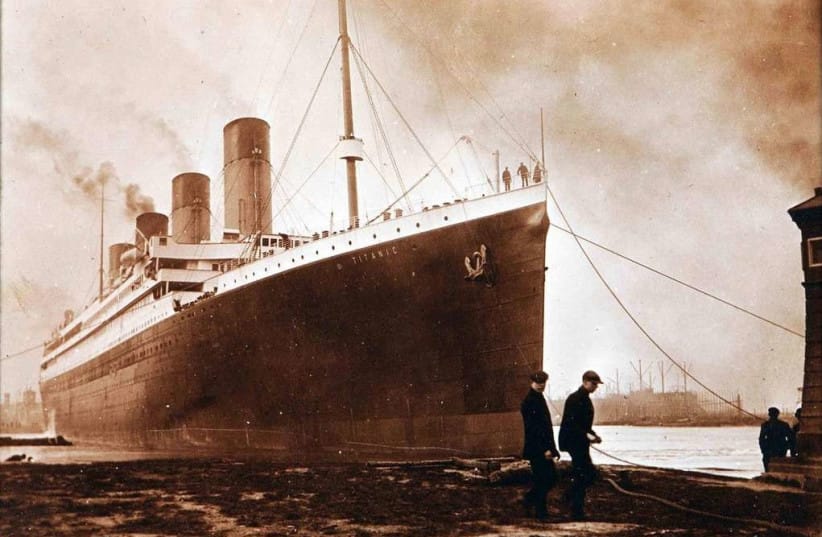
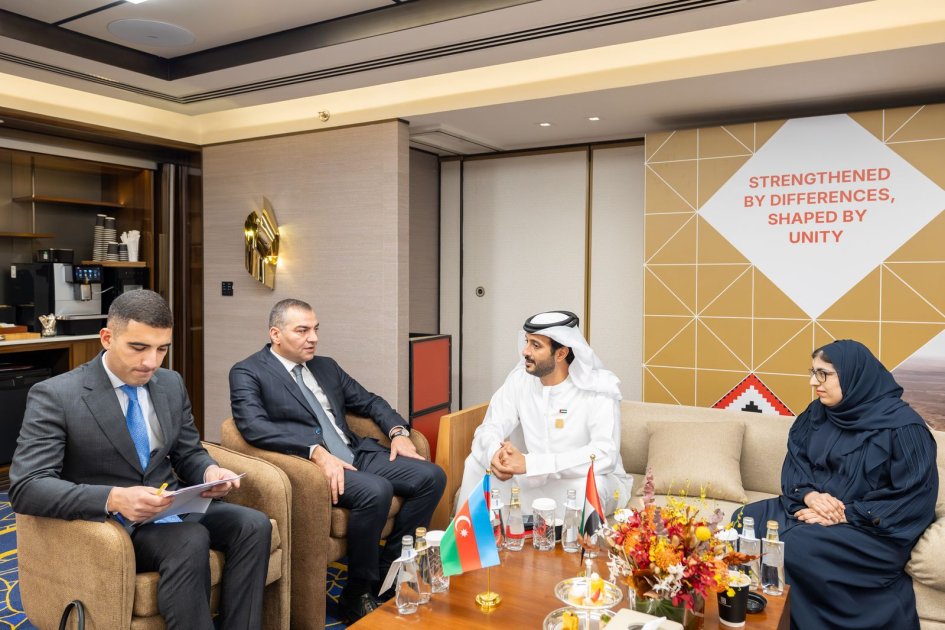

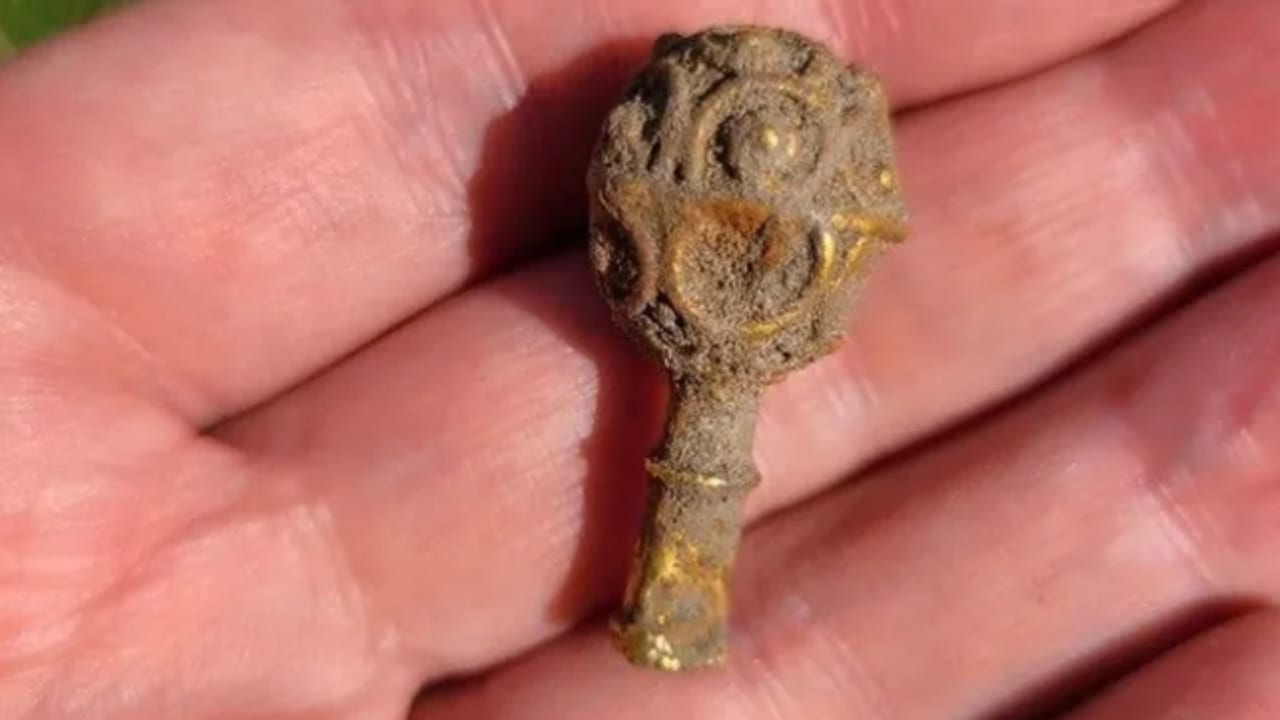
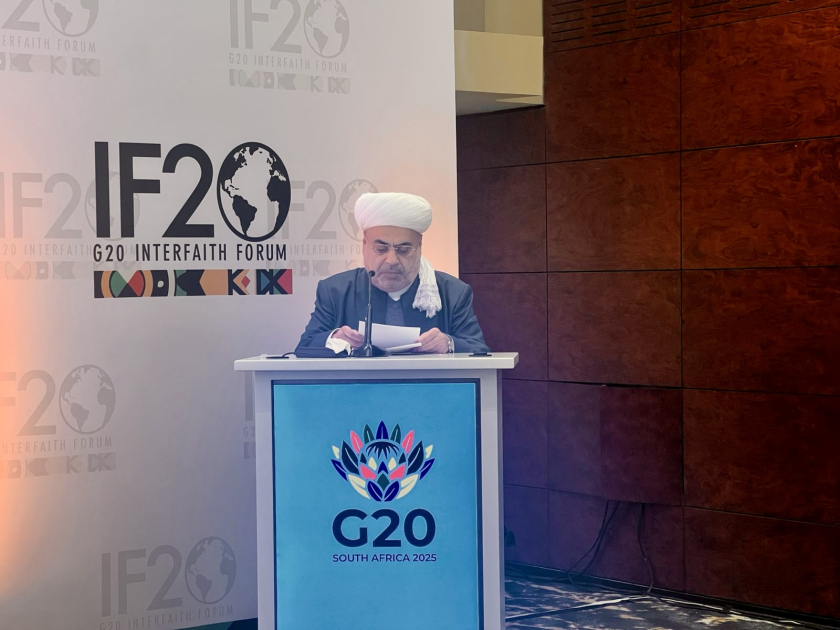
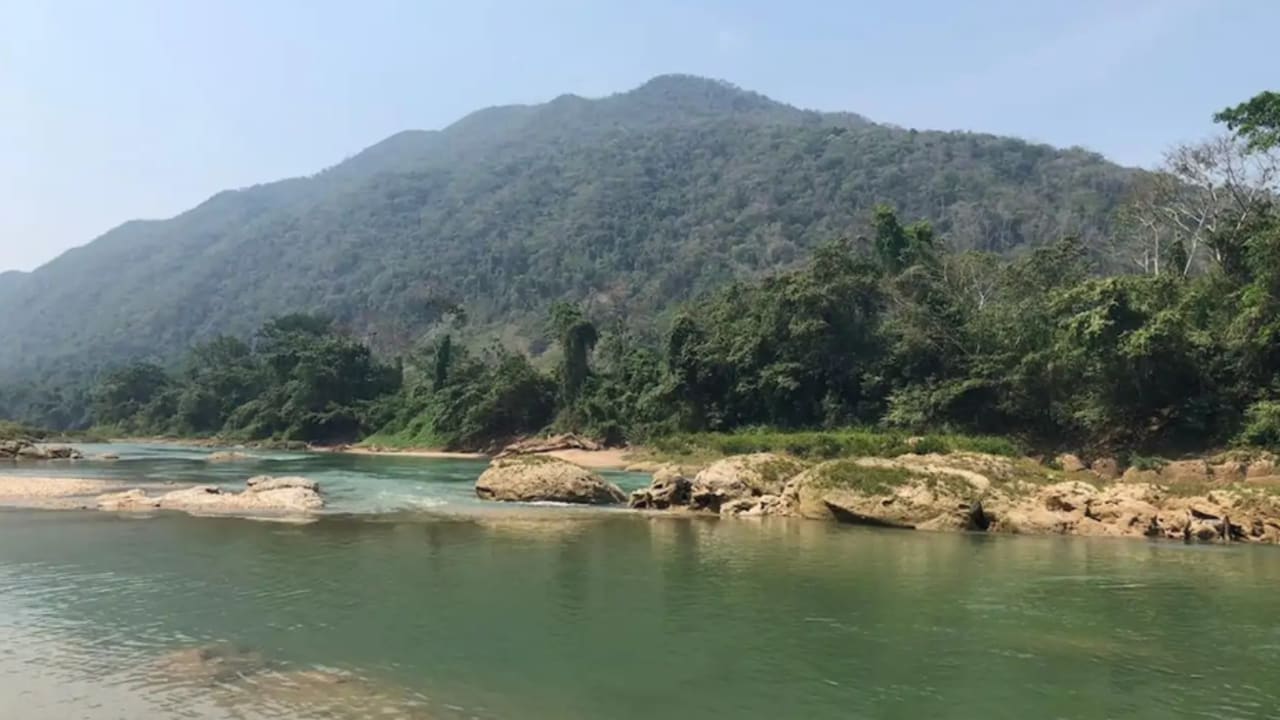
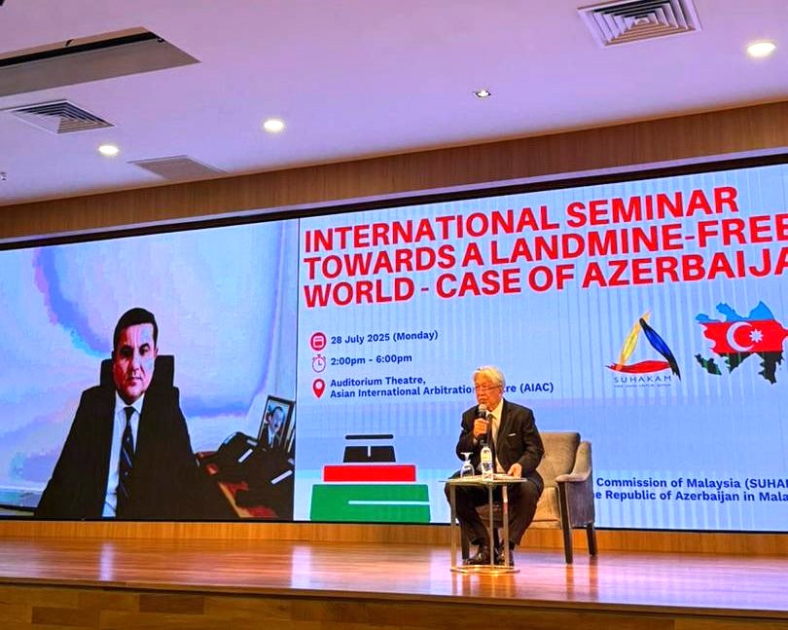
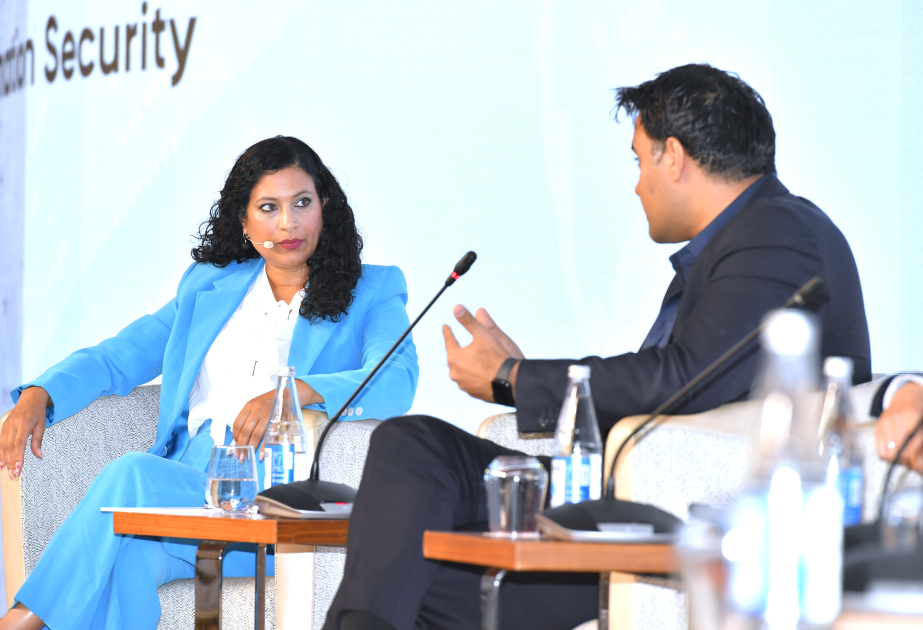
.jpg)







